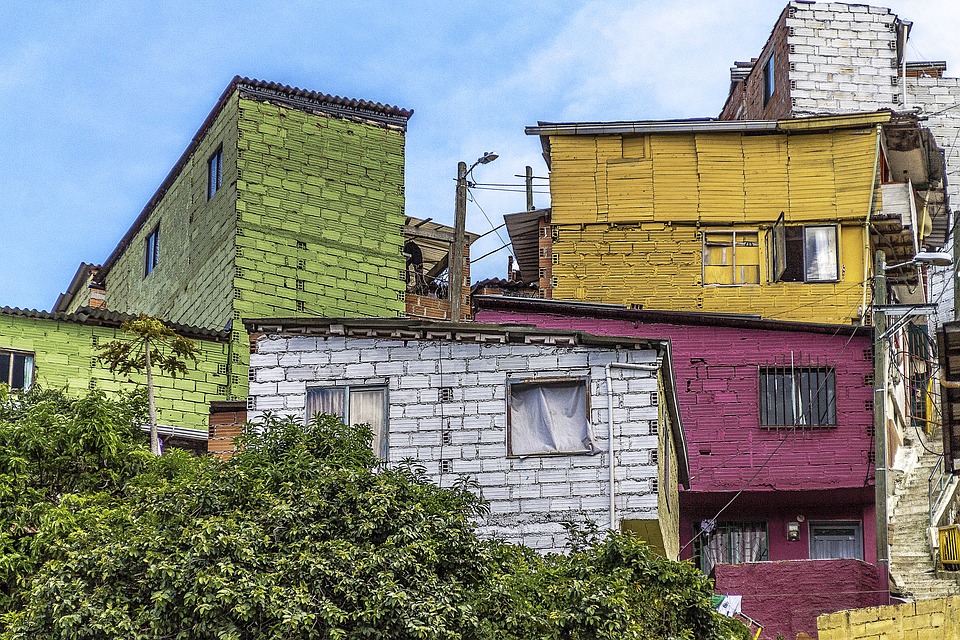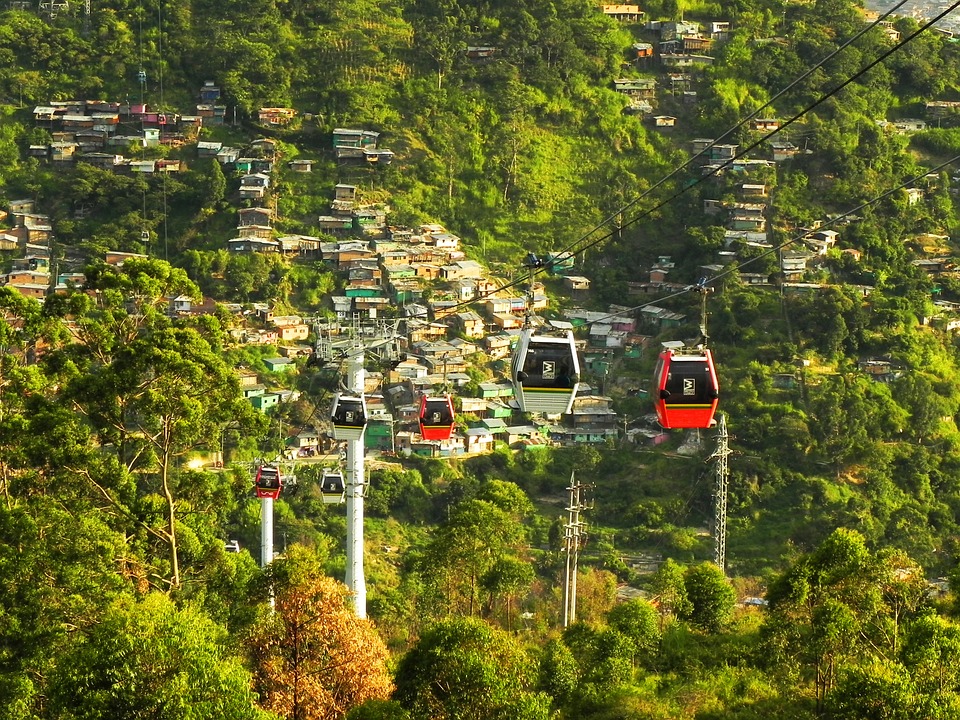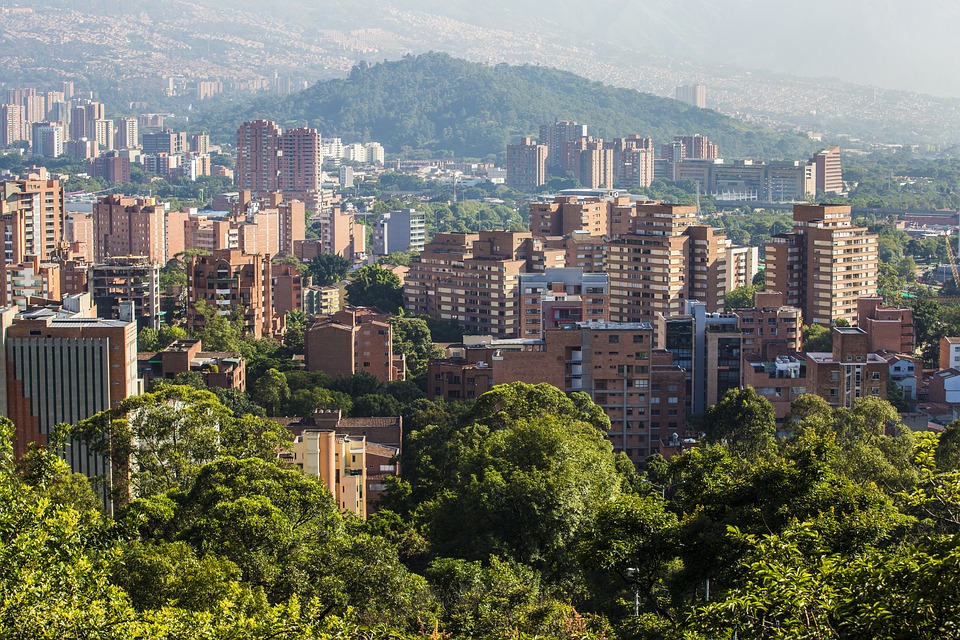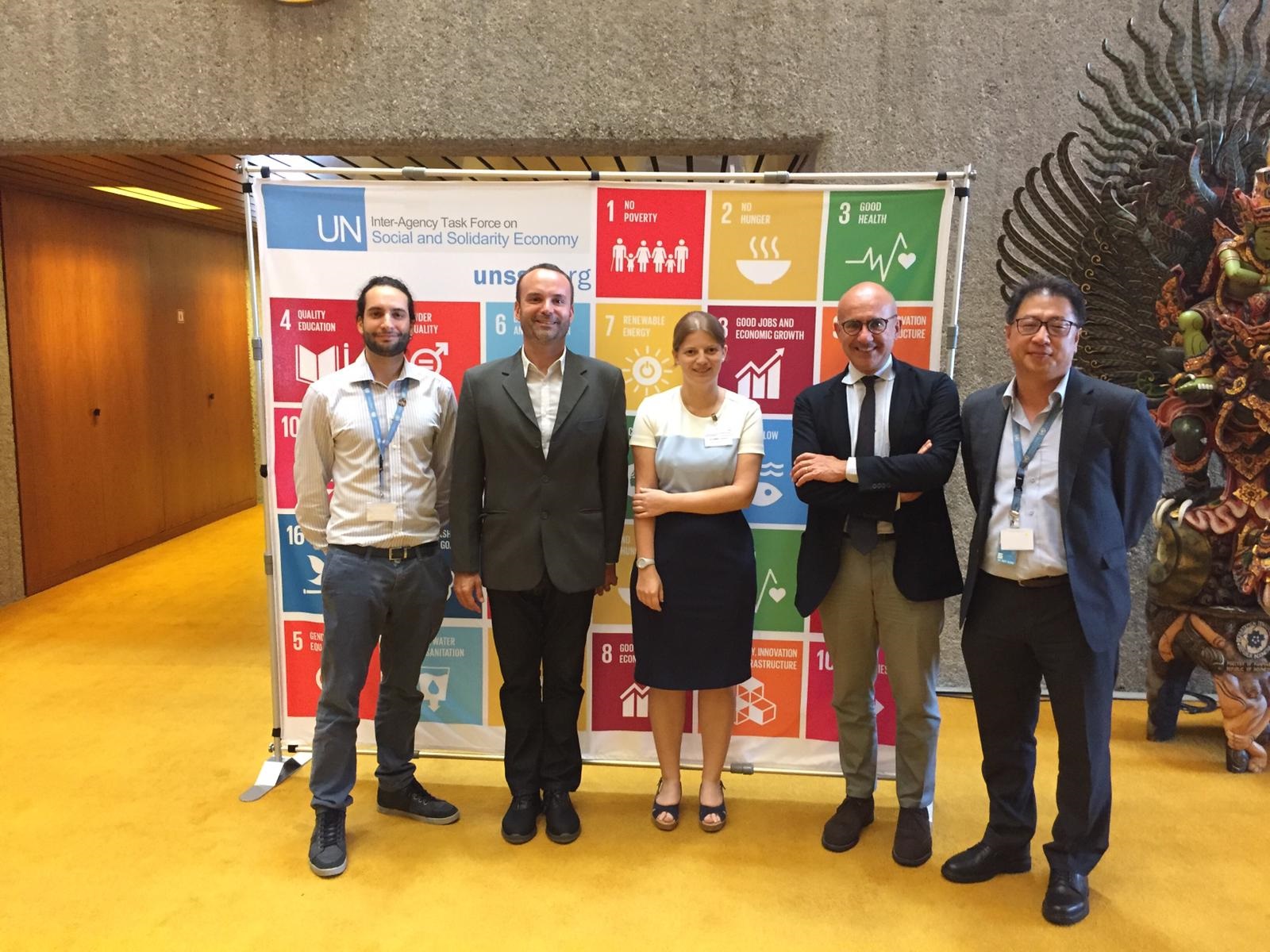UN Inter-Agency task force on SSE, the International Conference in Geneva
The General Secretary of Euricse, Gianluca Salvatori, participated on the 25th and 26th of June at International Conference on SSE in Geneva. This event is part of a series of conferences resulting from the Call for Papers “Implementing the Sustainable Development Goals: What Role for Social and Solidarity Economy?” launched by the United Nations Inter-Agency Task Force on Social and Solidarity Economy (UNTFSSE) in 2018. Salvatori spoke on a panel dedicated to “SSE and South-South and Triangular Cooperation“. The Conference was hosted in Geneva during the celebration for the Centenary of the International Labour Organization.
Below we are publishing an abstract of his speech.
The development of SEE through social urbanism

In Latin America – in countries like Argentina, Uruguay, Brazil, Colombia, Ecuador and Bolivia – experiences have emerged through government programs, framed within the design and application of their policies public, developing strategies within the discourse of solidarity economy with the objective to improve the quality of life of people. Probably one of the most innovative and original aspects of the development strategies of a social and solidarity economy consists in the structural relationship with the policies of social urbanism.
Medellin has got 2,5 million inhabitants. Due to the violence in the agricultural areas, connected to the drug trafficking and to the threat of paramilitary and guerrilla organizations (like Farc), there has been a huge population shift in urban areas. In a few years Medellin has practically doubled its population. The new arrivals went to occupy the peripheral areas on the steep hills around the city.
Urban scholars and practitioners today look up to Medellin as one of the most progressive cities in the world. Winner of an impressive amount of awards, Medellin truly became a model to follow when it comes to addressing urban challenges like violence, insecurity, poor education, and lack of mobility, which all reinforce the spatial and material inequalities in our cities today.

A “methodology of partnership with the community” in order to upgrade informal settlements was followed by the two mayors, Luis Perez and Sergio Fajardo, who were elected respectively in 2000 and 2004. Investing in a cable car to connect the slums to the city centre was the first step, fighting the marginalisation of the populations living in the informal settlements (“comunas”) on hillsides of Medellin and representing half of the entire population of Medellin. Then followed the “integral urban projects” (PUIs) – “projects that incorporate multiple programs simultaneously, from transport to landscaping, from street lighting to cultural centres” – implemented between 2004 and 2007:
- “the Parque Explora, a park with a free science museum in it;
- the Botanical Gardens, site of the octagonal Orquideorama; ten new school buildings;
- five ambitious library-parks in the comunas of Santo Domingo, La Quintana, La Ladera, San Javier and Belén;
- a cultural centre in the run-down district of Moravia;
- and the completion and extension of the Metrocable
Framed by the drug trafficking problem for almost a decade (1985-1993) – that reoriented in greatly measure the social structure, cultural behavior and in general the economy of the city. Then, a socio-economic crisis experienced between 1995 and the beginning of this century, with unemployment levels above 20% (1999), had a great impact as well. The “Plan Decenal de Economía Social y Solidaria para Medellín 2016-2025”, written by Gaviria Correo and Alcalde de Medellín, has no precedents in the country and involves all subjects that are part of this sector: Cooperatives, Mutuals, Corporations, Associations, employee funds, Pre-Cooperatives and Foundations, among others. The Decennial Plan is rooted on a wider set of public policies, starting from the early 2000s, that aimed to support the social and solidarity economy through an original combination with participatory local planning related to the “social urbanism”.

The Medellin case shows that tackling the complexities of peripheral urban informal settlements requires:
- The investments in innovative mobility systems (cable car), renewal of educational facilities like schools and libraries and the beautification of public spaces, have gone hand in hand with strategies of intervention from the perspective of the social and solidarity economy.
- The introduction of new governance models that, beyond the public and private dychotomy, recognize the importance and value of the ESS.
- The strengthening of associative productive units (UPAS) of solidarity economy, with the objective of strengthening the business fabric of the informal settlements of Medellín through the generation of income and decent jobs.
“Social Urbanism” is the best practice that Medellin showcases in the international community, proving the positive impact of the construction of social infrastructure, which allows for an improved access to education, mobility, and safer public spaces. The Medellin experience has provided a role model for many other cities, specially in the Global South.
